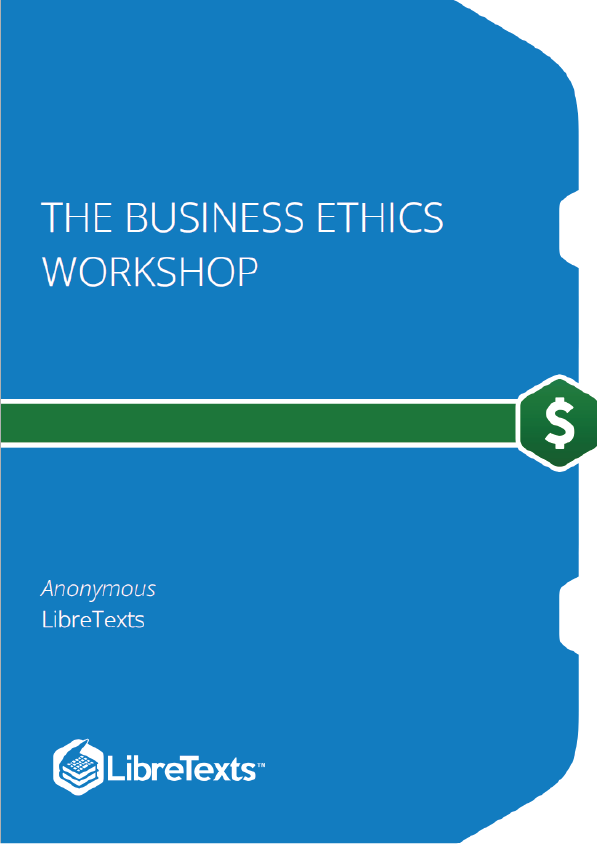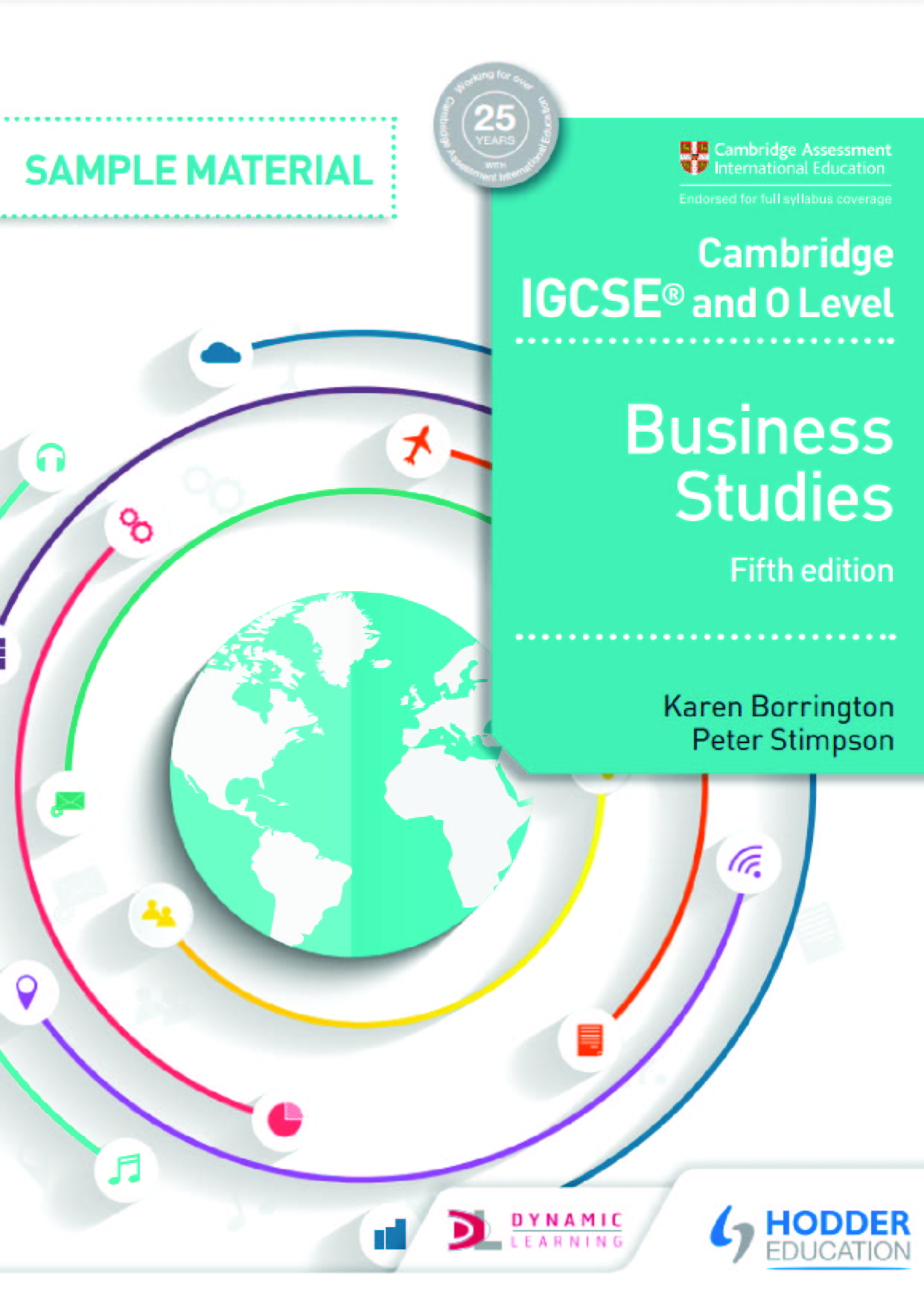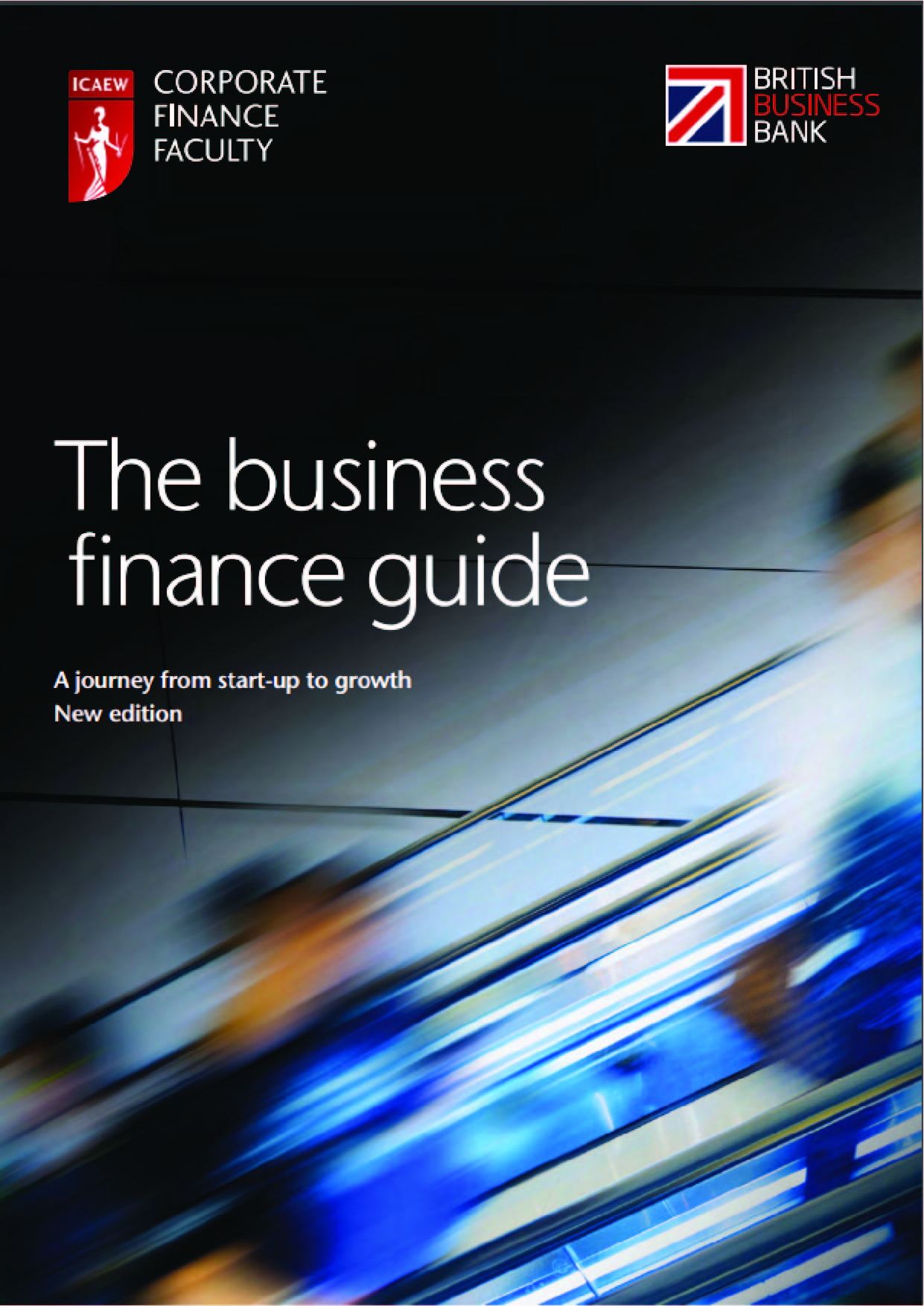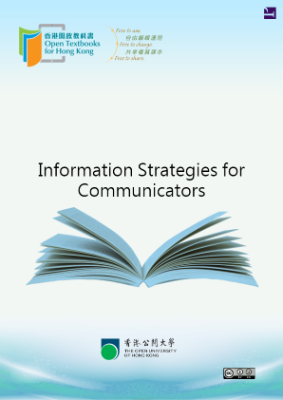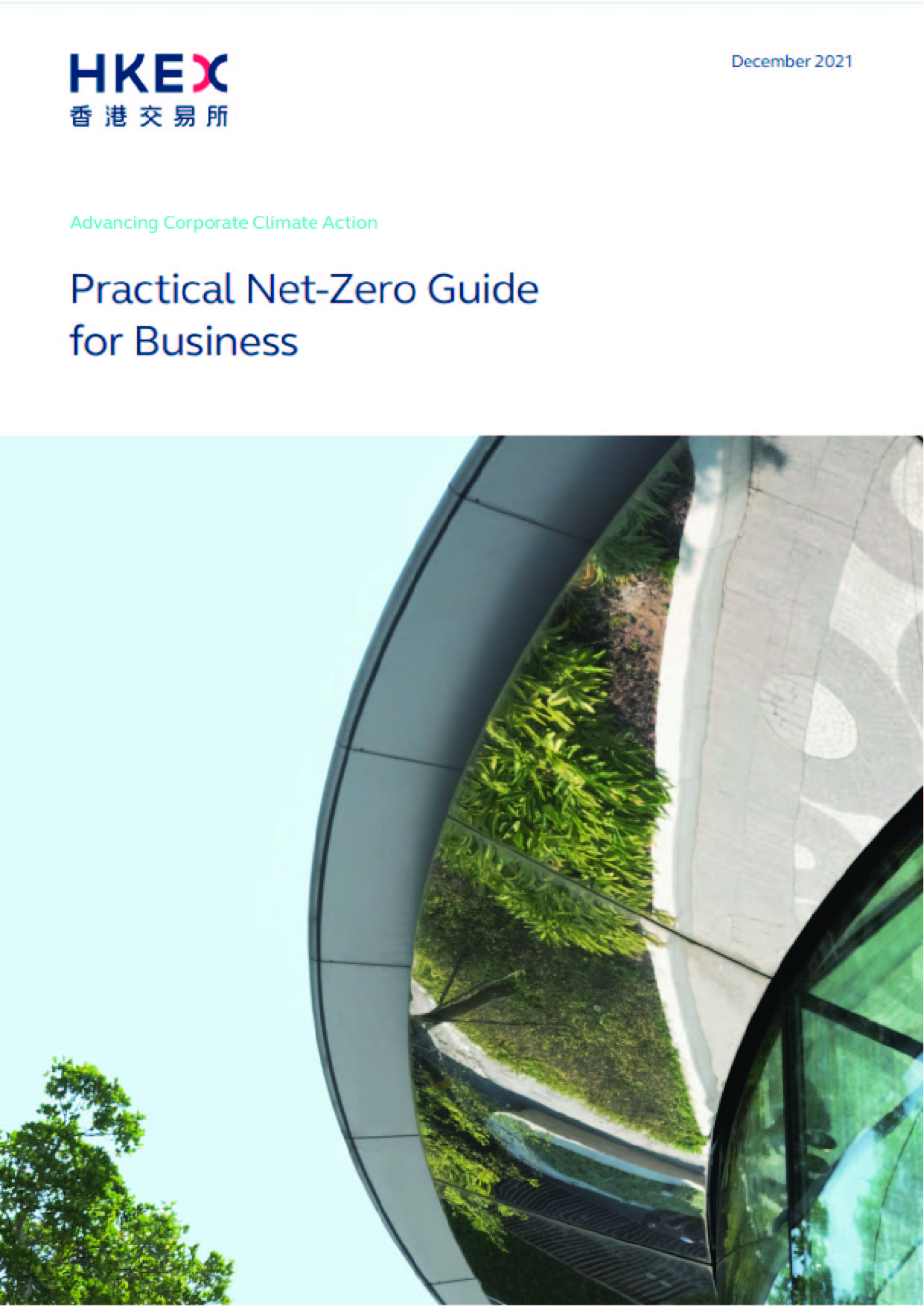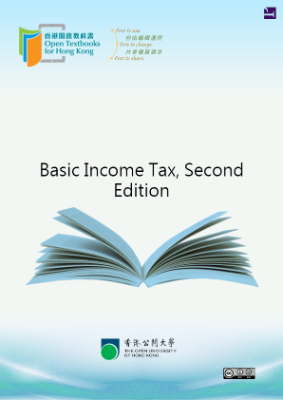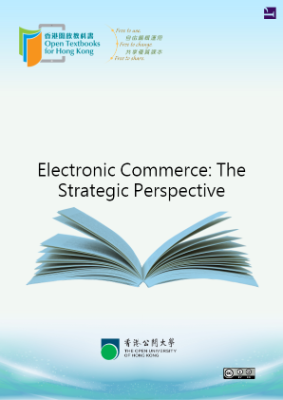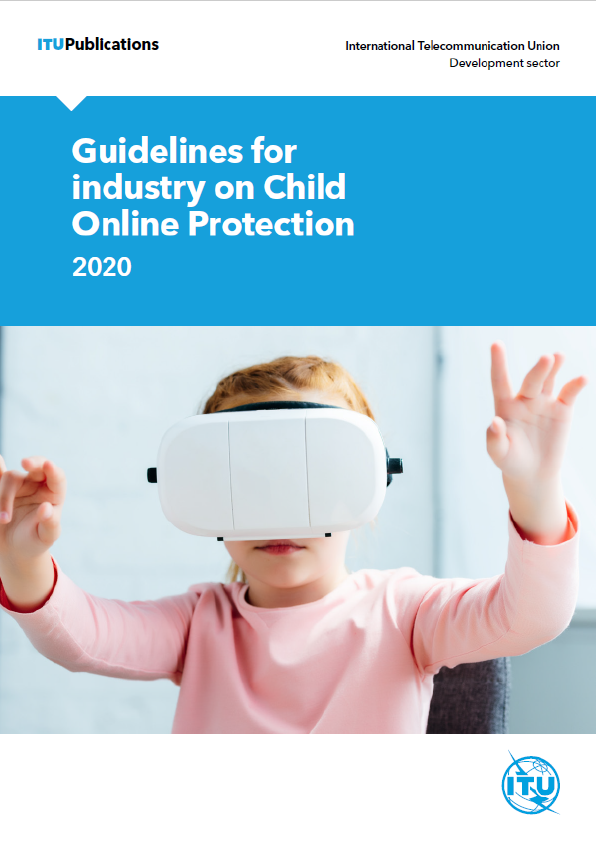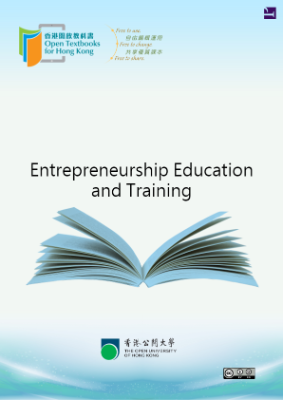Captive Customers
Ann Marie Wagoner studies at the University of Alabama (UA). She pays $1,200 a year for books, which is exasperating, but what really ticks her off is the text for her composition class. Called A Writer’s Reference (Custom Publication for the University of Alabama), it’s the same Writer’s Reference sold everywhere else, with slight modifications: there are thirty-two extra pages describing the school’s particular writing program, the Alabama A is emblazoned on the front cover, there’s an extra $6 on the price tag (compared with the price of the standard version when purchased new), and there’s an added sentence on the back: “This book may not be bought or sold used.” The modifications are a collective budget wrecker. Because she’s forced to buy a new copy of the customized Alabama text, she ends up paying about twice what she’d pay for a used copy of the standard, not-customized book that’s available at Chegg.com and similar used-book dealers.
For the extra money, Wagoner doesn’t get much—a few additional text pages and a school spirit cover. Worse, those extra pages are posted free on the English department’s website, so the cover’s the only unambiguous benefit. Even there, though, it’d be cheaper to just buy a UA bumper sticker and paste it across the front. It’s hard to see, finally, any good reason for the University of Alabama English Department to snare its own students with a textbook costing so much.
Things clear up when you look closely at the six-dollar difference between the standard new book cost and the customized UA version. Only half that money stays with the publisher to cover specialized printing costs. The other part kicks back to the university’s writing program, the one requiring the book in the first place. It turns out there’s a quiet moneymaking scheme at work here: the English department gets some straight revenue, and most students, busy with their lives, don’t notice the royalty details. They get their books, roll their eyes at the cash register, and get on with things.
Wagoner noticed, though. According to an extensive article in the Wall Street Journal, she calls the cost of new custom books “ridiculous.” She’s also more than a little suspicious about why students aren’t more openly informed about the royalty arrangement: “They’re hiding it so there isn’t a huge uproar.” John Hechinger, “As Textbooks Go ‘Custom,’ Students Pay: Colleges Receive Royalties for School-Specific Editions; Barrier to Secondhand Sales,” Wall Street Journal, July 10, 2008, accessed May 11, 2011, http://online.wsj.com/article/SB121565135185141235.html.
While it may be true that the Tuscaloosa university is hiding what’s going on, they’re definitely not doing a very good job since the story ended up splattered across the Wall Street Journal. One reason the story reached one of the United States’ largest circulation dailies is that a lot of universities are starting to get in on the cash. Printing textbooks within the kickback model is, according to the article, the fastest growing slice of the $3.5 billion college textbook market.
The money’s there, but not everyone is eager to grab it. James Koch, an economist and former president of Old Dominion University and the University of Montana, advises schools to think carefully before tapping into customized-textbook dollars because, he says, the whole idea “treads right on the edge of what I would call unethical behavior. I’m not sure it passes the smell test.” John Hechinger, “As Textbooks Go ‘Custom,’ Students Pay: Colleges Receive Royalties for School-Specific Editions; Barrier to Secondhand Sales,” Wall Street Journal, July 10, 2008, accessed May 11, 2011, http://online.wsj.com/article/SB121565135185141235.html.
